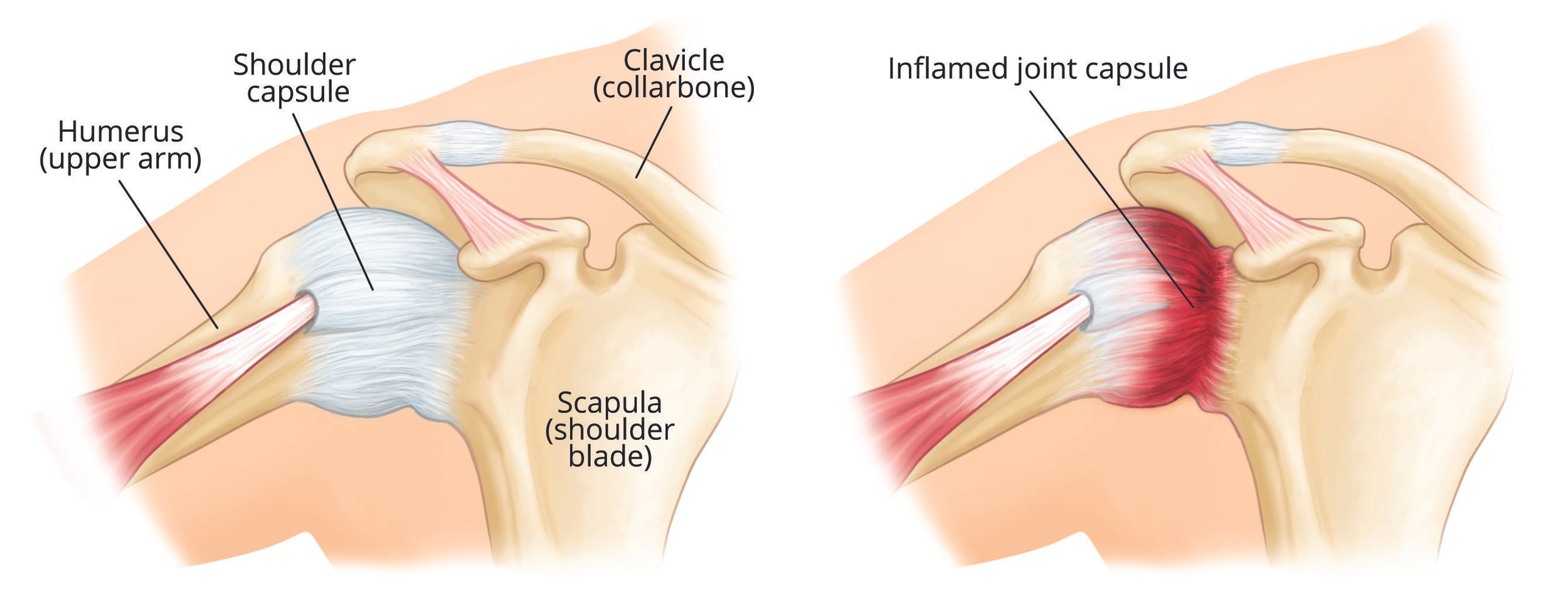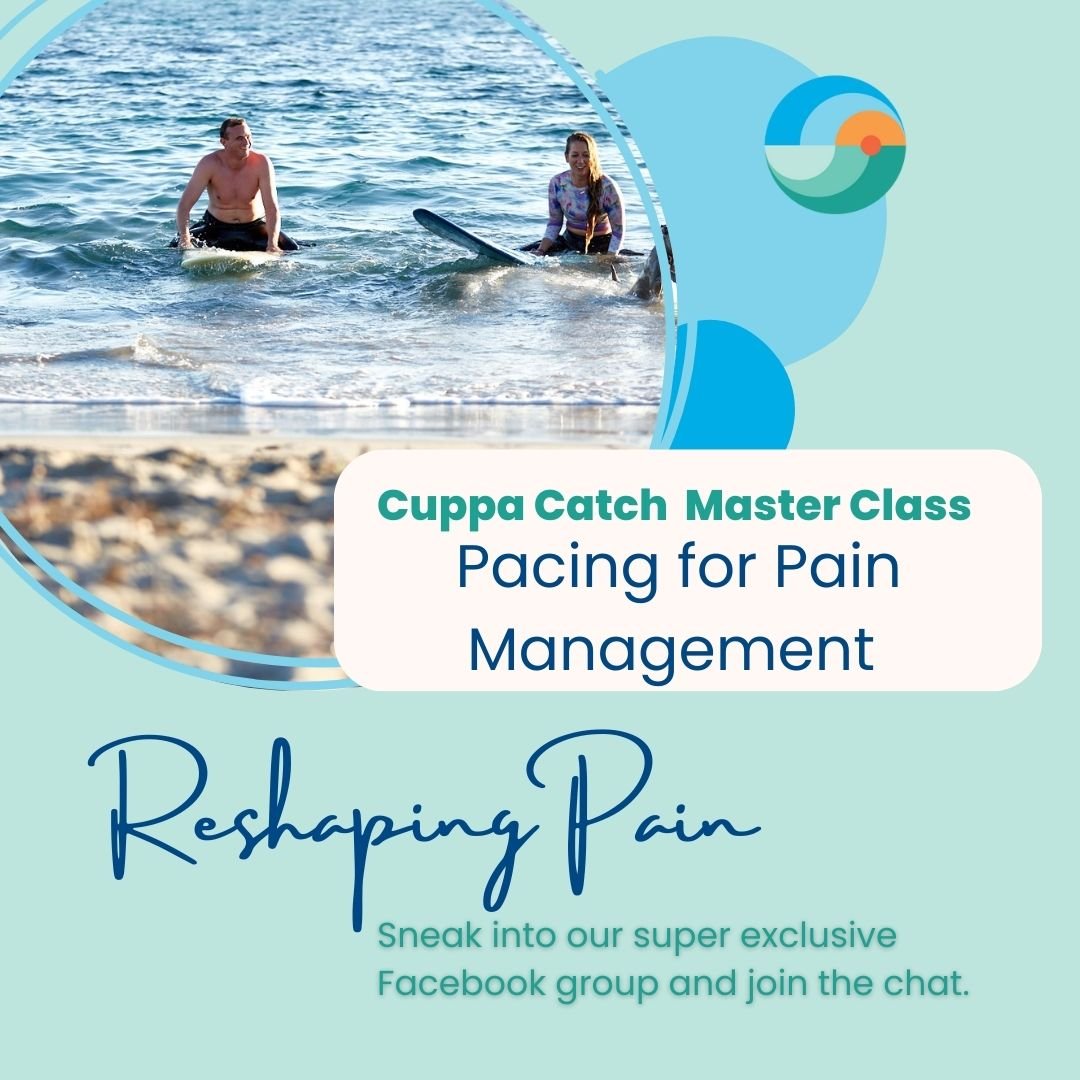Anterior Cruciate Ligament (ACL) injuries are all too common in the realm of sports and active lifestyles.
Once the initial shock of the injury subsides, patients and healthcare professionals must decide whether to pursue surgical or non-surgical interventions for ACL rehabilitation. We’ve witnessed both paths and their outcomes.
In this blog, we’ll delve into ACL rehabilitation and compare surgical and non-surgical approaches to help you make an informed choice.
Surgical Intervention: A Closer Look
Surgical intervention for ACL tears involves reconstructing the torn ligament using a graft, often from the patient’s own tissue.
This approach is favoured for those with more severe injuries, active individuals, and athletes who wish to return to high-demand sports. Surgery offers stability to the knee joint and reduces the risk of recurrent instability.
ACL Surgery Challenges
Recovery Time
Post-surgical rehabilitation can be demanding. Patients typically undergo a rigorous program under the guidance of physiotherapists, which often spans several months. The recovery timeline may vary depending on factors such as the graft type used and the individual’s commitment to rehabilitation.
Risk of Complications
Surgical procedures carry inherent risks such as infection, blood clots, and graft failure. While these complications are relatively rare, they should be considered.
Initial Discomfort
Following surgery, patients may experience pain, swelling, and limited range of motion. The first few weeks can be challenging, requiring patience and dedication.
Non-Surgical Intervention: An Alternative Approach
Non-surgical management involves focusing on rehabilitation exercises and physical therapy to strengthen the surrounding muscles and support the injured knee. This approach is generally considered for individuals with partial tears or those who lead a less active lifestyle.
Non-Surgical ACL Pros and Cons
Conservative Approach
Non-surgical interventions often result in a more gradual recovery. It’s important to understand that this approach may not provide the same level of stability as surgery, particularly for those who wish to return to high-impact sports.
Shorter Recovery
In many cases, the recovery period for non-surgical intervention is shorter compared to surgery. This can be appealing for individuals with less demanding lifestyles. If you are wishing to return to sport, there will still be an extended period required to dedicate to rehabilitation.
Muscle Strengthening
One of the major benefits of non-surgical rehabilitation is the emphasis on muscle strengthening. By building the muscles around the knee joint, patients can improve stability and support the injured ligament.
Finding the Right Fit for You
While both surgical and non-surgical interventions have their merits, the decision should be tailored to the individual’s lifestyle, activity level, and personal preferences.
Here’s a quick comparison to help guide your decision-making process:
Surgical Intervention
- Best for active individuals and athletes
- Often required if there are other structures injured, such as meniscus or medial collateral ligament ruptures.
- Offers greater stability to the knee joint.
- Longer recovery period with potential complications
- May require intensive post-surgery rehabilitation.
Non-Surgical Intervention
- Suitable for those with partial tears or less demanding lifestyles
- Focuses on muscle strengthening for improved knee stability.
- Rehabilitation time frames can be similar to surgical interventions.
- Will be individualised to your requirements and goals.
- Potential for recurrent instability in high-demand activities, such as change of direction, jumping or pivoting style movements.
Whats the Right Choice?
The choice between surgical and non-surgical interventions for ACL rehabilitation is a complex decision that should be made in consultation with a healthcare professional.
While surgical intervention offers the potential for structural restoration and stability, it also entails invasive procedures and an intricate rehabilitation process.
On the other hand, non-surgical approaches provide a more gradual process, focusing on functional recovery, but may come with limitations in terms of high-impact activities.
Ultimately, the best course of action varies from person to person, considering factors such as the extent of the injury, lifestyle, goals, and overall health.
A physiotherapist’s role is to guide and support patients throughout their ACL rehabilitation journey.
Whether you opt for surgery or conservative management, the key to success lies in adhering to the prescribed rehabilitation plan, maintaining a positive attitude, and working closely with your physiotherapist to achieve the best possible outcome for your unique circumstances.







